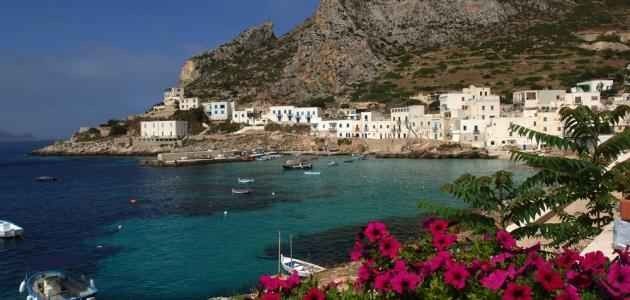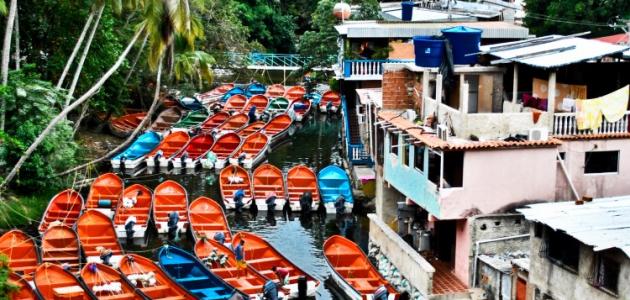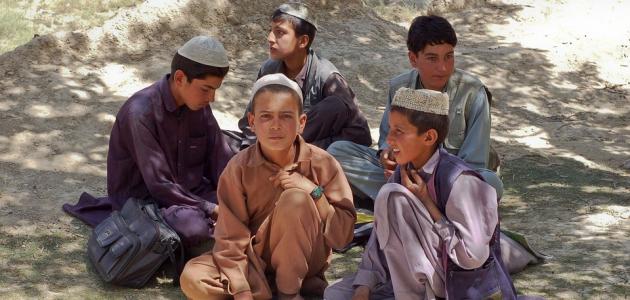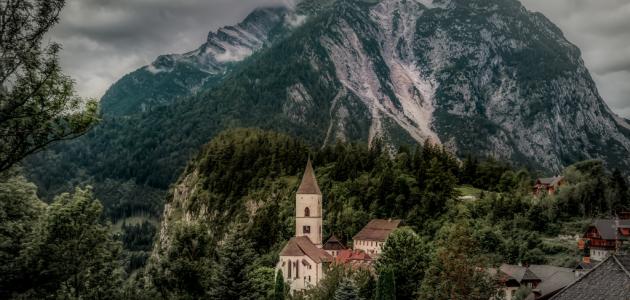The city of Mary
What is truly surprising is that the discovery of most archaeological sites in the Syrian Arab Republic was only a coincidence; this country rich in its ancient history, as its present, and what is evidenced by the opinion of the French archaeologist Andre Barrow when he said that every person has two homelands, his motherland and Syria; It is not mistaken, as the sounds of ancient civilizations from which they emanate still cry, indicating that they are the mother of civilizations and the first human homeland.
Its location
There are traces of the city of Mary in the Syrian Arab Republic, in a site known as the Hariri hill, which is located on the bank of the right Euphrates River, where it is twelve kilometers from the city of Albukamal, on the border between the Syrian state and the Iraqi state, and from the city of Deir Ezzor, it is one hundred and five Twenty kilometers, and it is within the range of irrigated lands with crops, as it runs to the east of the Euphrates River, which is three kilometers away from it.
Shape its location
The site of the monuments of the city of Mary is oval in shape, and several valleys of small size are located in the southwestern side of it, and the length of the northern side of it reaches one kilometer, and many small hills are distributed in it, including the facilities of this city, except for the Acropolis, it is located in the central hill which is considered Higher than others, as it rises fifteen meters.
Surrounded by the city of Marie Sur, it was built to protect it, in addition to the presence of the Euphrates River in its northeastern side, which played an economic role in the life of this city, as well as a defensive role.
Discover them
The city of Mary was not discovered since ancient times, but was done in the twentieth century, specifically in August of the year one thousand nine hundred and thirty-three during the French rule of the Syrian state, where some of the people of the region buried one of their dead people on a hill, and while they were trying to find a witness to the grave they managed and after One of the large stones in the area was uprooted from the ground, so they were surprised that it was one of the statues of the head missing, so one of them was to go to the city of Albukamal, to the officer office of the French Kaban, and tell him what they can do with this statue that was found.
This news was surprising for Kaban, so he was only directed to the site directly, to find that these large stones are an embodiment of a naked man with no head, hands clasped over his chest, but his lower part is covered with scales, and written above it is cuneiform.
Kaban did not hesitate to help the people of the region to raise this statue buried on the ground, and was transferred to the city of Albukamal, and in turn he informed his leaders of what was discovered, so that they in turn inform the Directorate of Antiquities at the time, which was subordinate to the High Commission in the city of Beirut, so that De Rotro may inspect North Syria heading to the site, and wrote his report on it, and this statue was transported to the city of Deir Al-Zour in Syria.
It was commissioned by the Louvre André-Barrow Museum, to see this statue and give its opinion on it, and thus an archaeological mission was formed by the director of the archeology of Henri Serig, to work on the discovery of the area.
Mission discoveries
The expedition discovered many monuments and statues in the area, most of which contain cuneiform writings, and one of the statues bore the word Lamji-Marie, and the Ashtar Temple, which is the most important finds, dating back to the Hammurabi period, was discovered. About three years later, the Royal Palace was discovered, which dates back to the second millennium BC and is considered one of the most important ancient eastern architecture.
Among the discoveries, wall paintings were found, which greatly contributed to understanding the life of the city of Mary, the activities practiced by her people, in addition to religious rituals and their beliefs, and the famous statue of the god of the spring was found in this city, where he found a section, and it was reassembled, To show the goddess of the spring standing, carrying a pot with her hands, and on her dress lines symbolizing the water in addition to names, and this statue is considered as a symbol of the Euphrates.
Many temples have been discovered in the city of Mary, such as the Temple of Nenezaza and the Temple of Shamash, in addition to many numbers written in Cuneiform, which number more than twenty-five thousand inscriptions, which tell about the life of this great kingdom.








